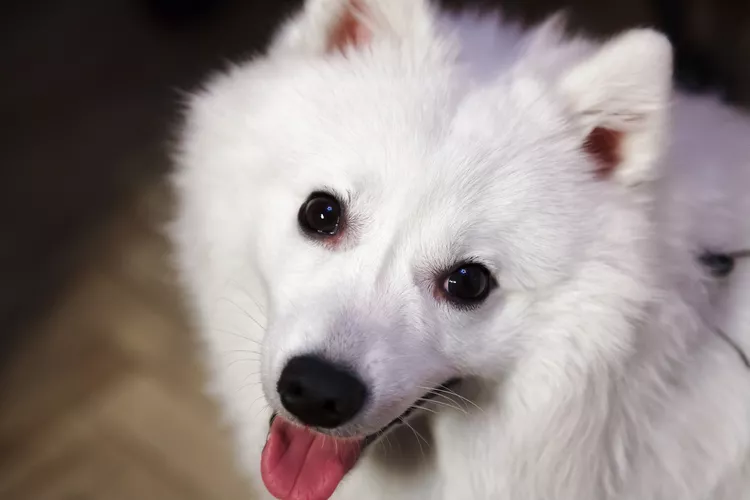
The Japanese spitz is a small companion breed developed in Japan with a white, fluffy coat. Spitz breeds, also called Northern breeds, are a type of dog commonly found in cold and snowy regions. Like most spitz breeds, the Japanese spitz has a thick double coat, a wedge-shaped head, upright triangular ears, and a long tail that curls up and over the back.
The friendly and fun-loving Japanese spitz is the consummate family dog. Cheerful, quiet, and clean, they are ideal house dogs, which is a good thing because there is nothing they want more than to be inside with their families. The Japanese spitz’s small size and moderate energy level make it an ideal apartment dog. Most Japanese spitz get along great with other dogs, cats, and respectful children.
Group: Non-Sporting
Weight: 10 to 25 pounds
Height: 12 to 15 inches tall at the shoulder
Coat: A straight and stand-off outer coat paired with a short, soft, dense undercoat
Coat Color: Pure white
Lifespan: 12 to 14 years
Temperament: Playful
Hypoallergenic: No
Origin: Japan
Japanese spitz are happy, little dogs that make wonderful companions, especially for your kids! They have a gentle temperament, are easy to train, and are perfectly content in a smaller home or apartment.
These fluffy friends are smart and a great deal of fun. Please note: these small dogs have a louder bark than you'd imagine, so don't be startled when you hear it.
The Japanese spitz was developed in Japan in the 1920s and 1930s by crossbreeding other spitz-type dogs that were imported from various locations, including Australia, Canada, China, Siberia, and the United States. After several decades of crossbreeding the various spitz breeds, a small, fluffy, white spitz breed was recognized in 1948 and called the Japanese spitz. Although records of the specific breeding program were kept, they were destroyed during World War II, so the exact details are unknown. The breeds thought to be used for the development of the Japanese spitz include white German spitz, klein wolfsspitz (also known as the Keeshond), and various miscellaneous white spitz-type breeds.
In the United States, the Japanese spitz is recognized by the United Kennel Club, where it is part of the Northern Breeds group. The Japanese spitz is also part of the Foundation Stock Service in the American Kennel Club, which is the first step toward eventual full recognition. The breed is also recognized by the Canadian Kennel Club (Non-Sporting Dogs group), the Japan Kennel Club, and the international kennel club Fédération Cynologique International.
The Japanese spitz’s thick, fluffy, luxurious white coat is surprisingly easy to care for. No trimming is required and the dog tends to look and feel clean with only occasional baths, as the hair naturally repels dirt.
Although Japanese spitz have plenty of energy, they don’t need huge amounts of exercise. A Japanese spitz enjoys daily walks, so couple these with some play sessions in the backyard, and your dog will be happy. If you live in an apartment, it’s especially important to get your Japanese spitz out of the house for walks and exploration. The Japanese spitz's small size makes it very portable, and they love to accompany their people on excursions outside the house.
Twice a year, the Japanese spitz experiences a seasonal heavy shed, losing much of its undercoat over the course of a few weeks. Often called blowing coat, some extra brushing is needed during this time to cut down on how much hair ends up on your furniture and clothing. However, the rest of the year, the Japanese spitz sheds less than you might think and requires only weekly brushing. Keep its nails short by trimming them weekly or every other week. Inspect your Japanese spitz’s ears weekly and clean with a pet ear cleaner when they look dirty. It is also good to pay attention to dental hygiene and brush your dog's teeth two to three times per week.
The Japanese spitz is very smart, and this breed wants to please, so they can be easy to train as long as you find the right motivation. Some Japanese spitz might do anything for a tasty treat; others might be more motivated by their favorite toy. Keep training sessions short and sweet, always ending on a positive note. It’s important to start socializing your spitz early in puppyhood to avoid excessive shyness and nervousness about new people, places, and things. Although they are small, resist the urge to baby your dog and carry it everywhere—let it walk on its own four paws and experience the world up close and personal. This will allow your spitz to develop the confidence needed to be a well-adjusted adult dog.
The Japanese spitz is an extremely healthy breed with a long lifespan. Reputable breeders have their adult Japanese spitz evaluated for luxating patellas to avoid passing on this issue, which is known to occasionally appear in the breed.
Feed your Japanese spitz a high-quality dog food (ask your breeder or veterinarian for a recommendation) and be sure to portion out meals with a measuring cup or scale to avoid overfeeding. Free feeding (leaving food out all day) can lead to weight gain; feeding scheduled meals twice a day is healthier. Being overweight can exacerbate joint issues, and lead to other health problems like diabetes.
The Japanese spitz is a rare breed in North America. Some adults might find their way into rescue, but usually, people wanting to bring home a Japanese spitz will be buying a puppy from a reputable breeder. The Japanese Spitz Club of the USA publishes a directory of breeders on its website. Be prepared to get on a waiting list, as there aren't many Japanese spitz breeders in North America.
Good apartment dog
Clean, easy-care coat
Friendly with people and pets
May be wary of strangers
Some may be problem barkers
Doesn’t do well alone
If you like the Japanese spitz, you might also like these breeds:
Otherwise, check out all of our other dog breed articles to help you find the perfect dog for you and your family.
Yes! These friendly little fur beasts can have a hard time when they are left alone. Owners must be mindful of this when they adopt this breed.
No, it is very rare that this breed would be any color other than pure white.
You're not seeing things, it does! It has longer hair around its head, neck, and shoulders, and both genders have this fur pattern.
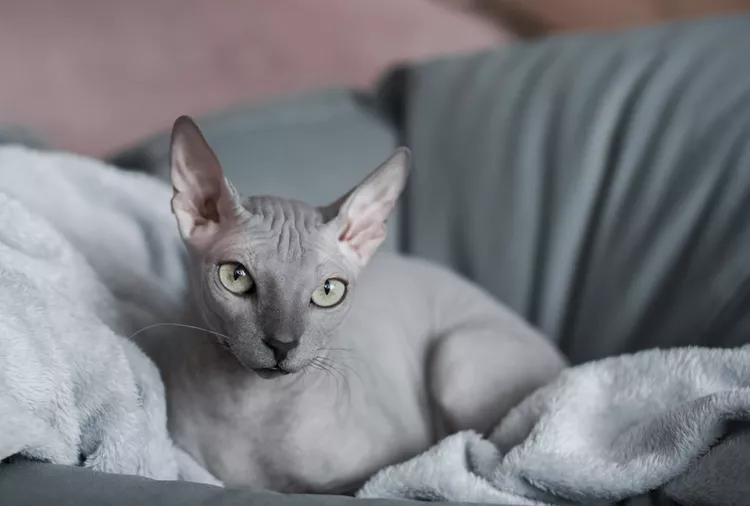
212 Hairless Cat Names For Your Beautifully Bald Feline
Discover the perfect name for your hairless cat with our list of over 200 creative and unique names. From quirky to classic, find a fitting choice for your beautifully bald feline companion.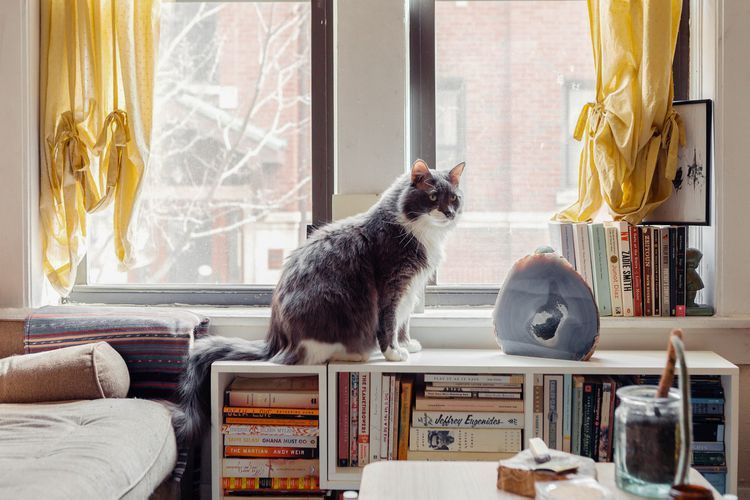
8 Things Your Cat Loves
Just like humans, cats can have a long list of things they like. Find out what cats love so you can keep your cat happy and healthy.
How to Tell If a Kitten is a Boy or a Girl
If you're wondering whether your new kitten is a boy or a girl, here are three ways to help determine the sex of your cat.
8 Tips to Help Cats Enjoy Car Travel
Cats are creatures of habit, and they hate to travel. Learn tips to prepare them for travel in the car, whether going to the vet or on vacation.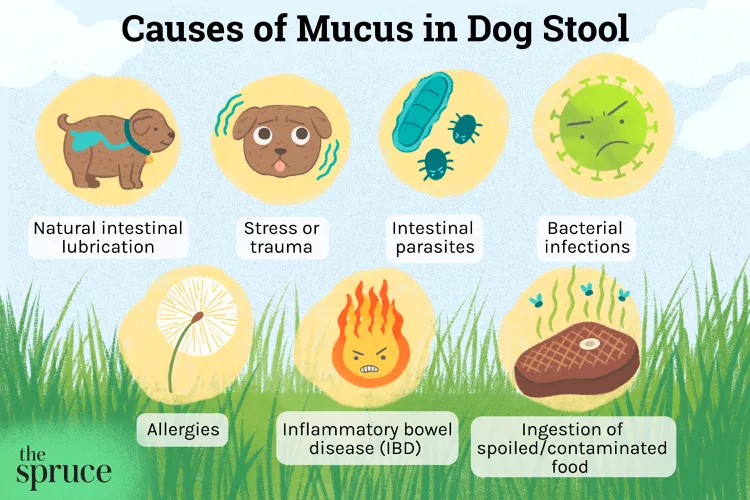
Common Causes of Mucus in Dog Poop
Seeing mucus in your dog's poop can be concerning to a dog owner. Here are common causes and treatment of mucus in a dog's stool.
Is Shrimp Bad For Dogs?
Shrimp can be a healthy, nutritional food for people but can dogs eat them, too? What are the main concerns with feeding shrimp to your dog?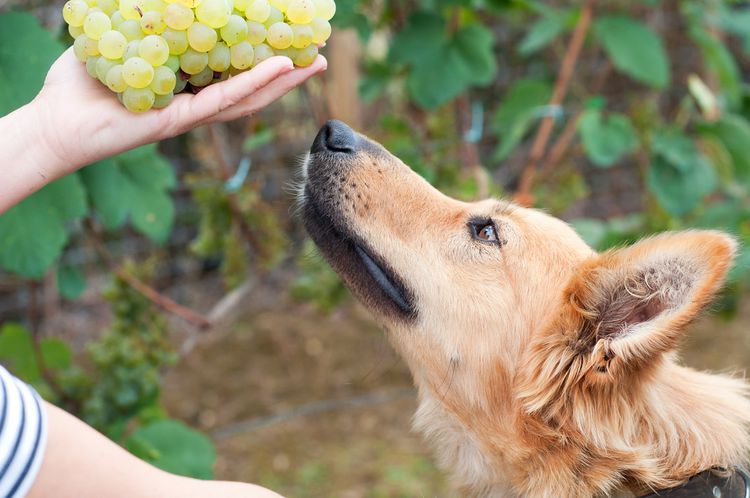
Can Dogs Eat Grapes?
Are grapes safe for dogs? Grapes and raisins can cause serious toxicity in dogs. Find out what to do if your dog eats grapes.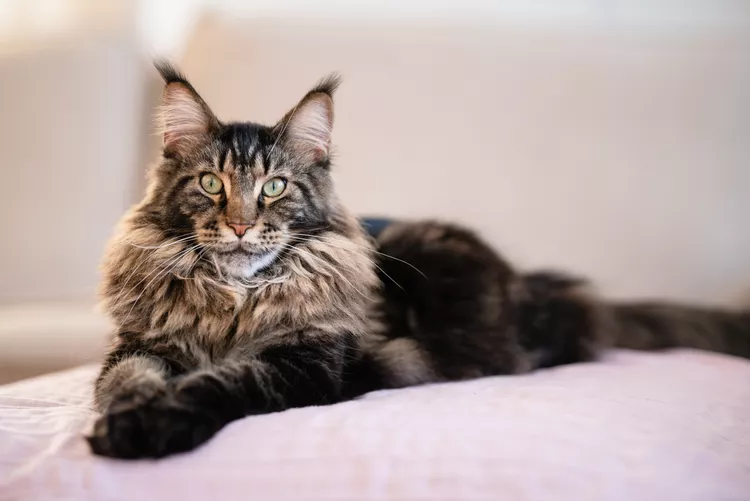
Maine Coon Cat: Breed Profile, Characteristics & Care
The Maine Coon cat is of the largest cat breeds in the world. These amiable, gentle cats make great companions. Learn about the Maine Coon cat breed's appearance, temperament, health, and care needs.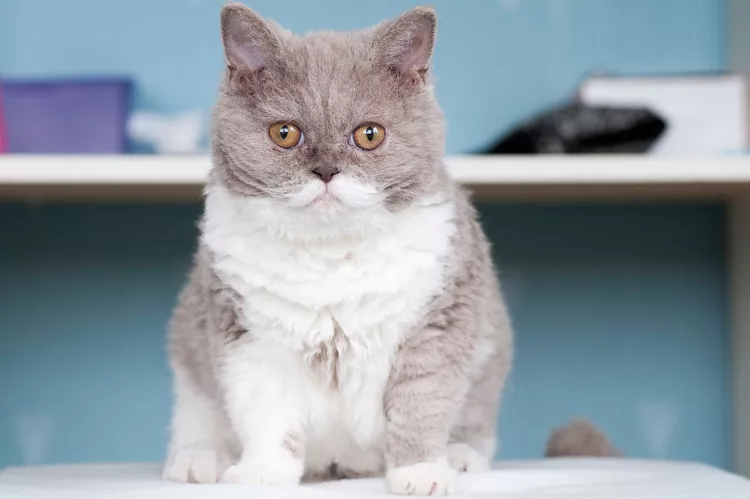
Selkirk Rex: Cat Breed Profile, Characteristics & Care
The Selkirk Rex is a charming cat with a tousled coat and a loving, laid-back personality. Learn about the Selkirk Rex breed.
How to Stop Your Cat From Chewing Electrical Cords
Cats are known to pounce and attack inanimate objects, like electrical cords. Learn how to prevent your cat from ambushing objects that may harm it.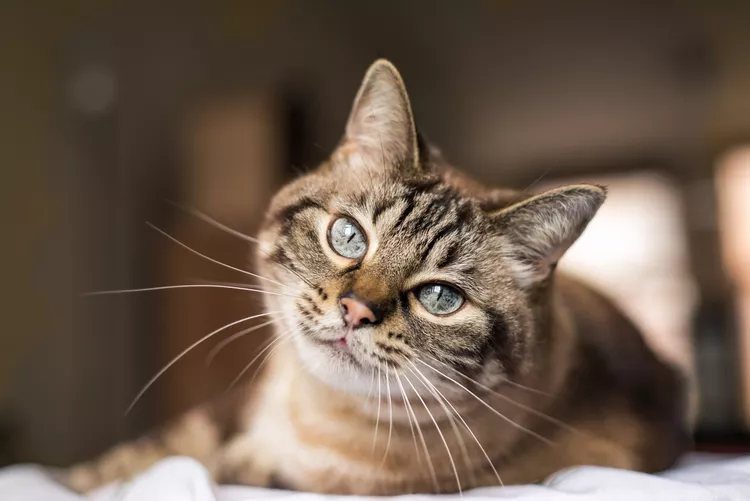
What Do Cats Think About?
Have you ever wondered what cats think about? A number of studies have explored cat behavior and feline cognition, but there's still more to learn.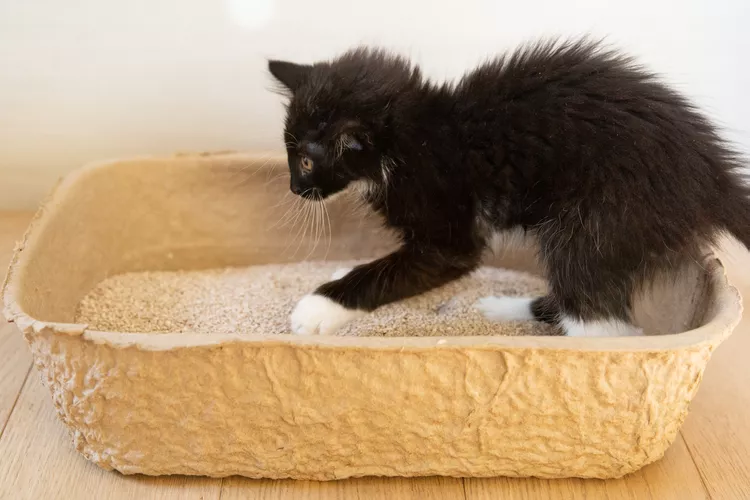
Training Your Kitten to Use the Litter Box
Bringing home a new kitten means they need to learn how to properly use a litter box. Discover how to successfully litter box train your kitten.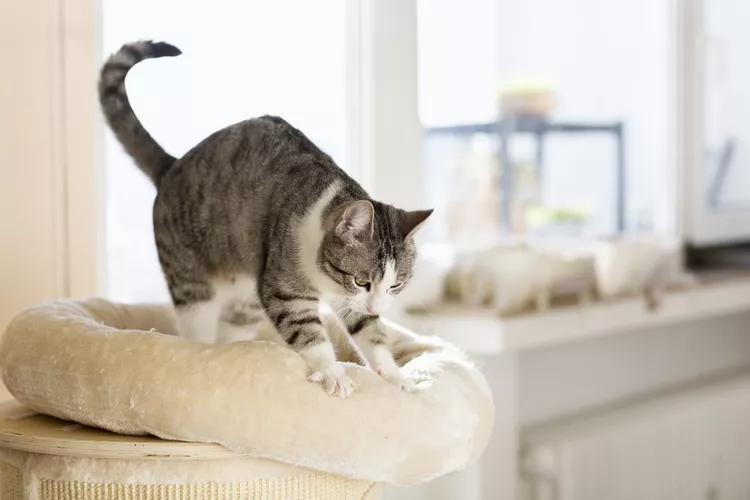
Why Do Cats Knead?
Kneading is a common behavior in cats of all ages. Learn why cats "make biscuits" and what it means for you, your cat, and all your blankets.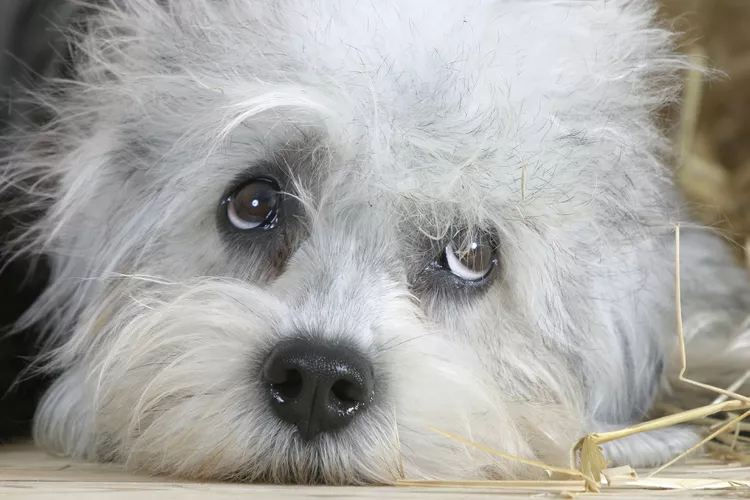
Dandie Dinmont Terrier: Dog Breed Characteristics & Care
Learn about the Dandie Dinmont Terrier, a silky dog breed with a signature puff of hair atop its head and a friendly, companionable personality.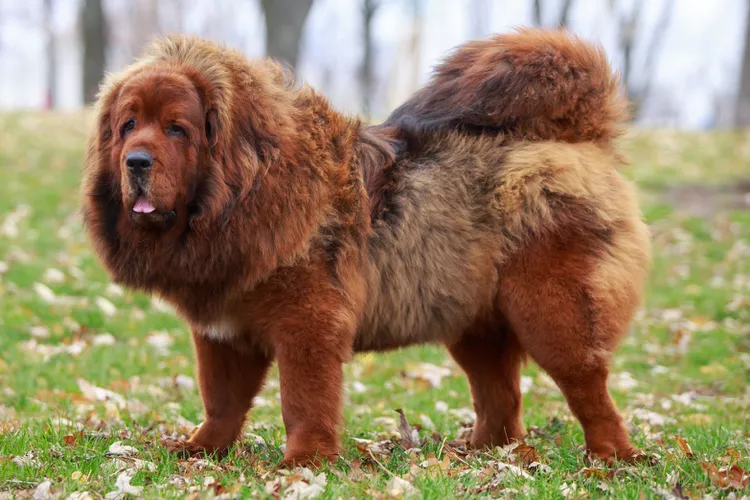
Tibetan Mastiff: Dog Breed Characteristics & Care
Learn about the Tibetan mastiff, an ancient guardian dog breed. This breed is known for their massive stature, flowing mane, and protective personality.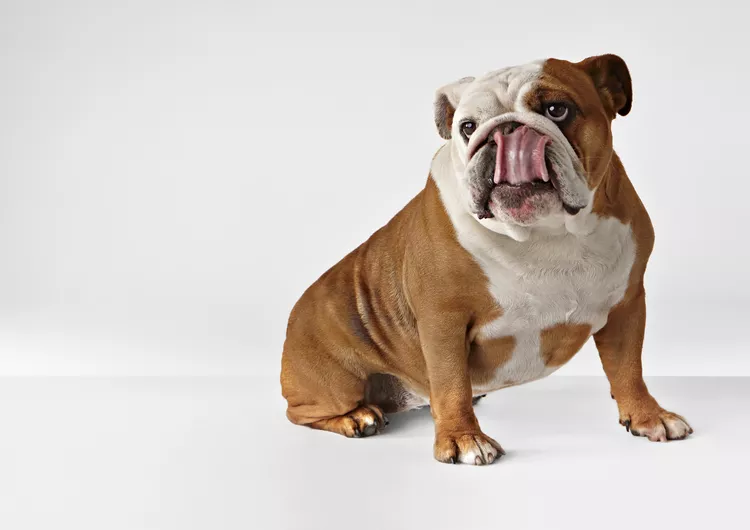
4 Reasons Why Your Dog Licks Their Butt
Butt-licking in dogs can be a part of normal grooming, but excessive butt-licking is not normal. Read about the most common reasons for this behavior.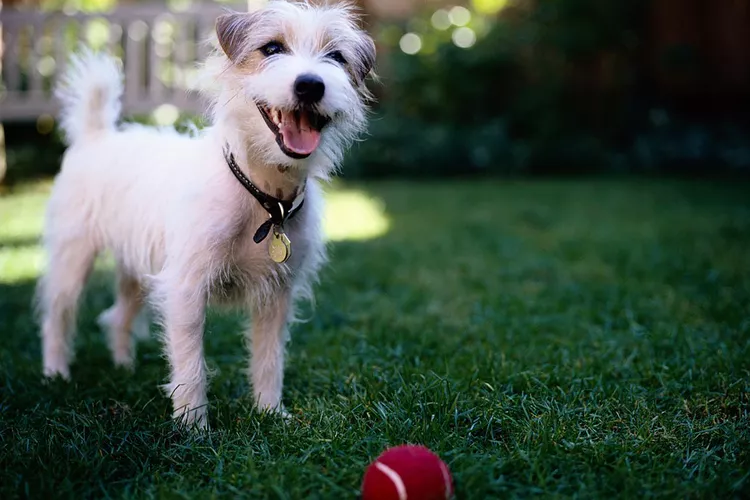
How to Teach Your Dog the "Leave It" Command
Training your dog the "leave it" command is a great way to instill self-control. Learn how to teach your dog to not pick things up from the ground.
How to Solve Your Dog's Fear of Car Rides
Is your dog scared of car rides? This fear of riding in cars is common. Learn why your dog is scared of car rides and how to help conquer this fear.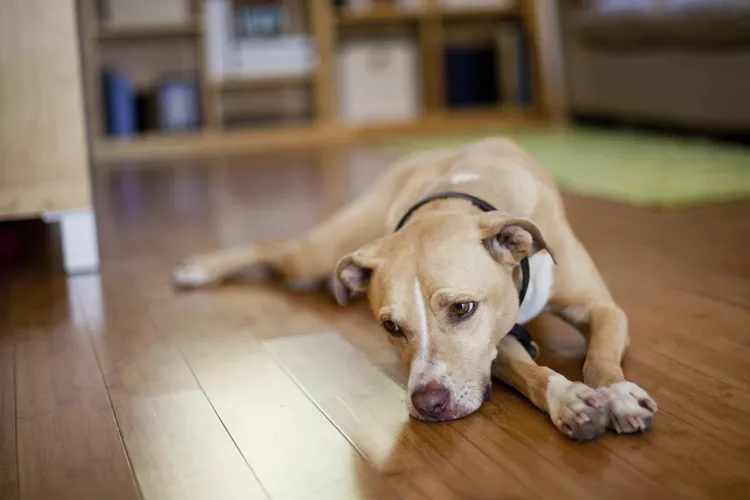
Can Dogs Get Depression? How to Help Your Sad Dog
Can dogs get depression? Learn about the signs of depression in dogs and find out how to help your sad dog.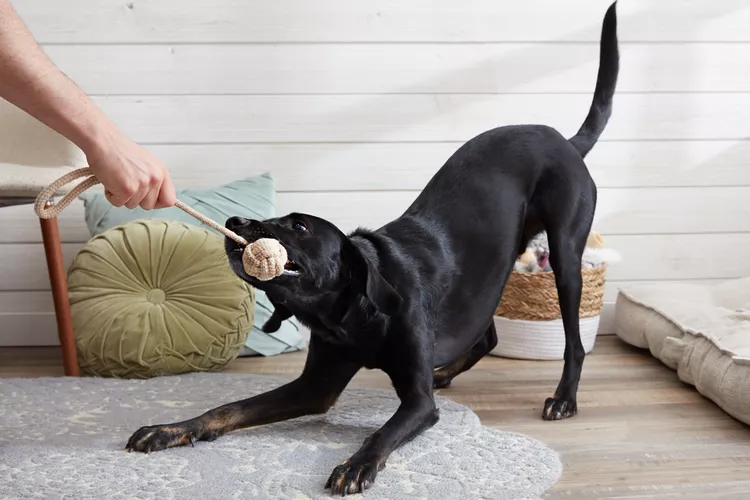
How to Play Tug of War With Your Dog
Many dogs love to play tug of war, and it's a healthy game that provides great exercise. Learn the best way to safely play tug of war with your dog.